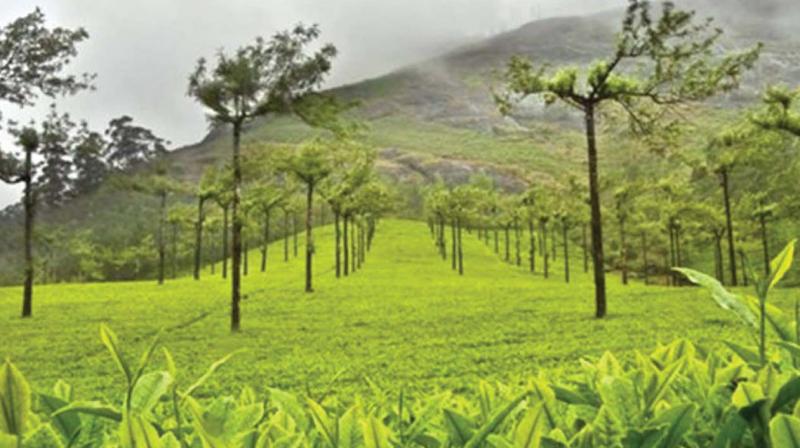C4 the new photosynthesis process for plant evolution
Development could one day be used to improve crop yields to help in the global fight for food security.

London: New experiment helped scientist of UK in understanding the new method of photosynthesis in the wild plant for the rapid growth in them.
The development could one day be used to improve crop yields to help in the global fight for food security, said researchers from the University of Sheffield in the UK.
The study, published in the journal Ecology Letters, showed how it could be possible to harness the C4 photosynthesis process. Photosynthesis takes carbon dioxide from the air and converts it for plant growth.
While most plants use C3 photosynthesis, plants in hot climates have evolved C4 photosynthesis to concentrate carbon dioxide within their leaves to boost plant productivity.
Marjorie Lundgren, a PhD student from the University of Sheffield, her study on a unique African grass species says the unique African grass uses a diversity of C4, C3 and C3-C4 photosynthetic types.
"We needed to understand how C4 photosynthesis evolves in nature from the ancestral form of C3 photosynthesis, which lacks the carbon dioxide-concentrating pump," Lundgren said. "For the pump to work, C4 leaves need a special anatomical arrangement, but we still know very little about how this develops and evolves," she further explain.
The study looked to recognise the features of the leaves, which differ consistently between C4 and non-C4 plants. It found a single developmental change the insertion of many small veins which lead to an arrangement of leaf anatomy that is suitable for C4 photosynthesis.
Until now, most studies aimed at understanding C4 leaf anatomy compare C3 and C4 species but have also captured changes not only linked to C4 evolution, but other changes accumulated since the species diverged. This has made it tough to clearly distinguish which changes are directly linked to C4 emergence.
The uniqueness of the grass species studied meant the researchers were able to identify the leaf anatomical changes that are directly linked to C4 photosynthesis.
"Because of this novel approach, we were able to clarify that only a single developmental change is needed to permit C4 photosynthesis, while previous studies inferred that several anatomical changes would be required," said Lundgren.
"There are large international efforts to engineer C4 photosynthesis into C3 crops to improve yield. Our research clarifies which anatomical changes are needed to create a functional C4-leaf and which are adopted later to further improve C4 photosynthesis," she added.
"Armed with this knowledge we can now start research on the genetic changes responsible, and these could eventually be introduced into rice to improve crop yields," she explained

